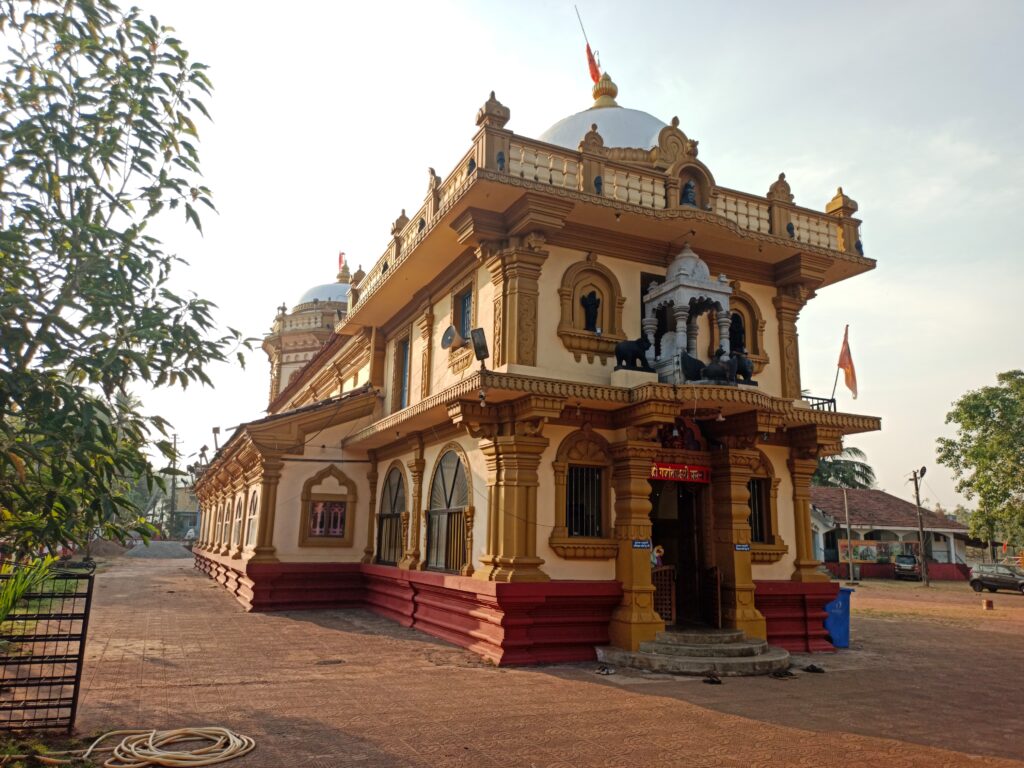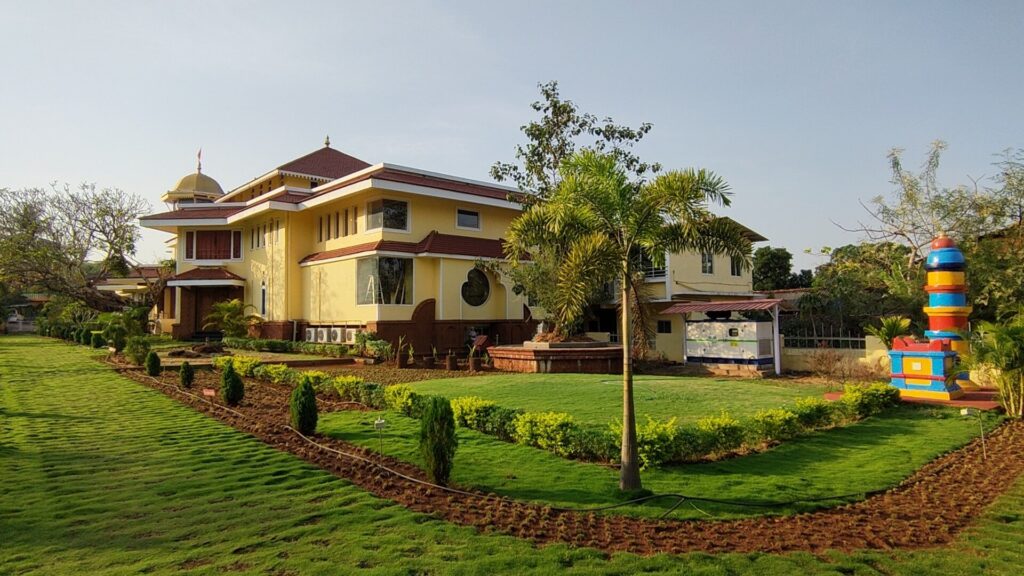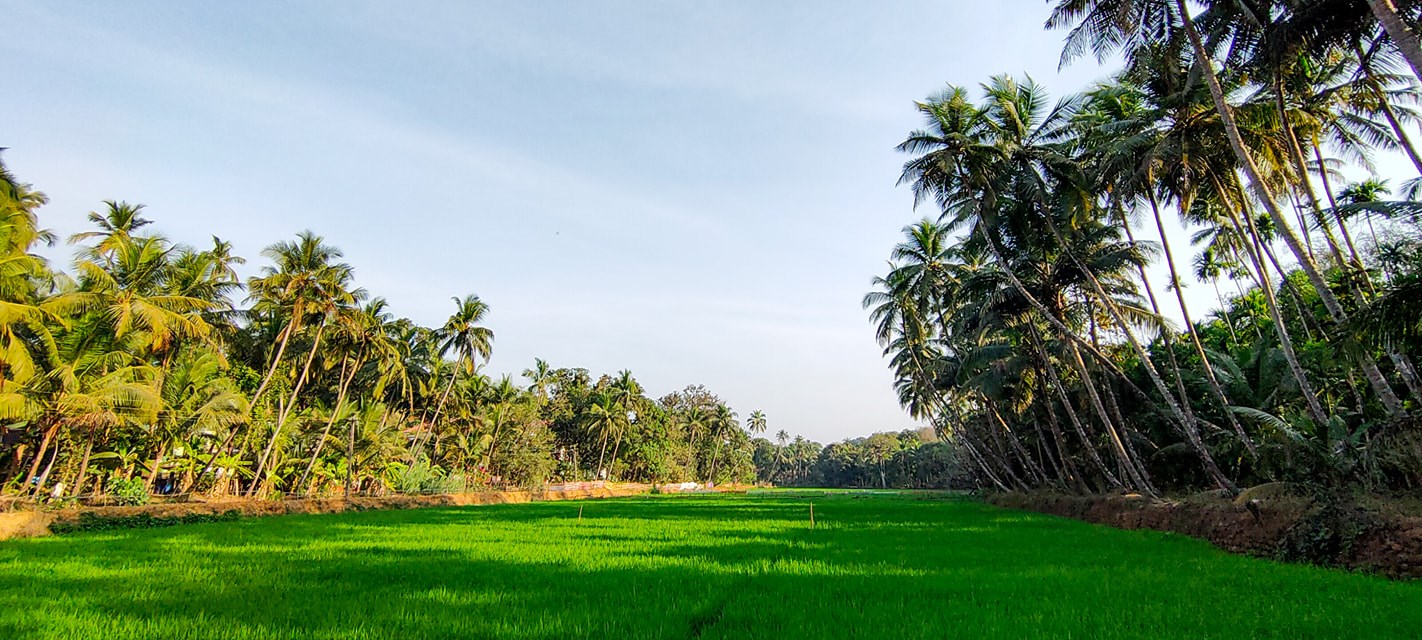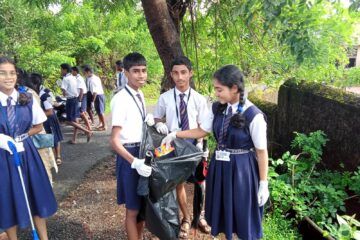Volvoi, a charming village nestled in the Ponda taluka of Goa, India, is a hidden gem that offers a glimpse into the serene rural life of the region. Known for its rich cultural heritage and lush landscapes, Volvoi is an ideal destination for those looking to escape the bustling tourist spots and immerse themselves in authentic Goan culture.
Overview of Volvoi Village
Location and Demographics
Volvoi is situated approximately 17 kilometers from Ponda, the nearest town, and about 28 kilometers from Panaji, the state capital. The village spans an area of 135.14 hectares and is home to a population of 1,842, comprising 2000 males and 2100 females as per the Census. The literacy rate in Volvoi stands at an impressive 98%. The village is governed by a Gram Panchayat Volvoi, which plays a vital role in local administration.
Cultural Significance
The local language spoken in Volvoi is Konkani, reflecting the cultural identity of its residents. The village is surrounded by beautiful landscapes and is known for its agricultural activities, with many locals engaged in farming.
Gajant Laxmi Temple

One of the key attractions in Volvoi is the Gajant Laxmi Temple, dedicated to Goddess Gajalaxmi, who symbolizes wealth and prosperity. This ancient temple is believed to be around 1000 years old and serves as a significant spiritual site for devotees.
Festivals
The temple is particularly famous for its vibrant festivals:
- Divajotsava: Celebrated with lighting lamps and rituals.
- Rathotsava: A grand chariot festival where the goddess’s idol is paraded through the village.
- Gondhalotsav: A unique festival held in March/April featuring traditional rituals that attract thousands of locals and tourists.
These events highlight the temple’s significance in the community and showcase Goa’s rich cultural traditions.
Shri Shantadurga Temple

Another noteworthy temple in the vicinity is the Shri Shantadurga Temple, located in Sateribhat, Volvoi. This temple is dedicated to Goddess Shantadurga, who is revered as a mediator between Vishnu and Shiva.
Historical Background
The temple was established in the early 18th century under the patronage of Chhatrapati Shahu Maharaj. The current structure was completed in 1738, following the relocation of the goddess’s idol from Quelossim after its destruction by Portuguese forces.
Architectural Features
Shri Shantadurga Temple features stunning architecture with intricate carvings and an east-facing orientation. The idol of Goddess Shantadurga holds symbolic weapons, representing her protective nature.
Community Engagement
The temple complex includes facilities for devotees, such as guest accommodations and a canteen serving vegetarian meals. It serves as a hub for community activities and spiritual gatherings.
Conclusion
Volvoi village offers an enriching experience for visitors seeking to explore Goa beyond its popular beaches and nightlife. With its historical temples like Gajant Laxmi Temple and Shri Shantadurga Temple, along with its serene environment and vibrant local culture, Volvoi Village stands out as a remarkable destination that reflects the essence of Goan heritage. Whether you are drawn by spirituality or simply wish to enjoy the tranquility of rural life, Volvoi promises a memorable journey into Goa’s heart.


